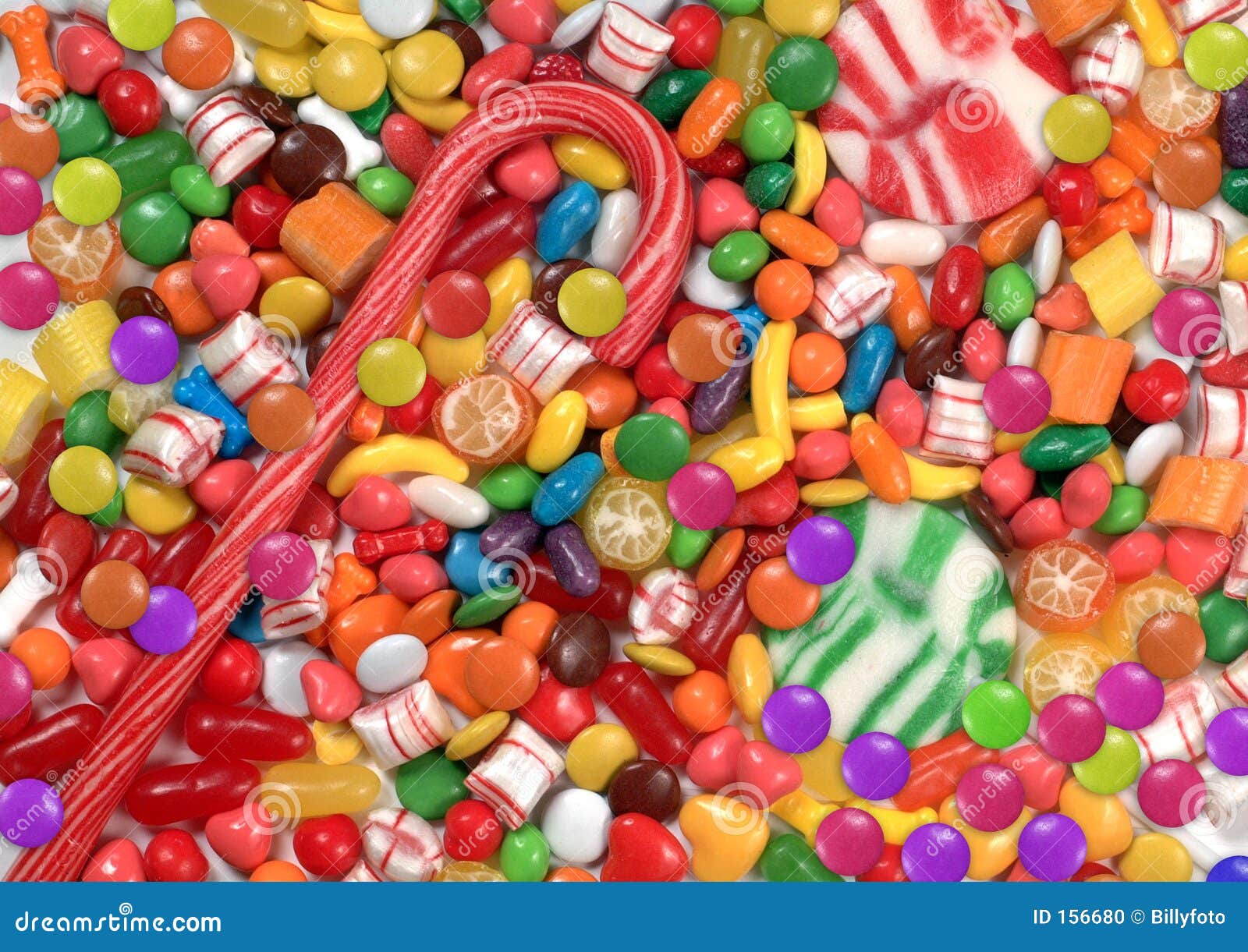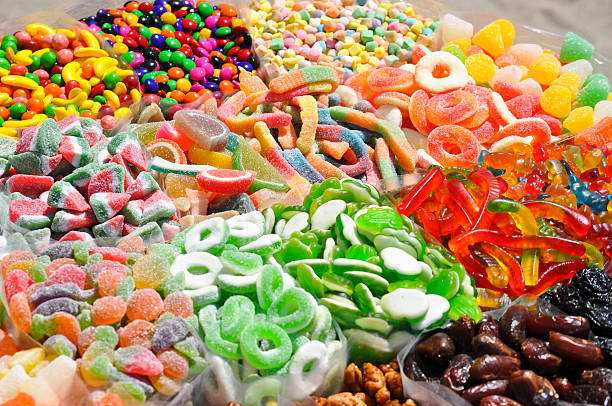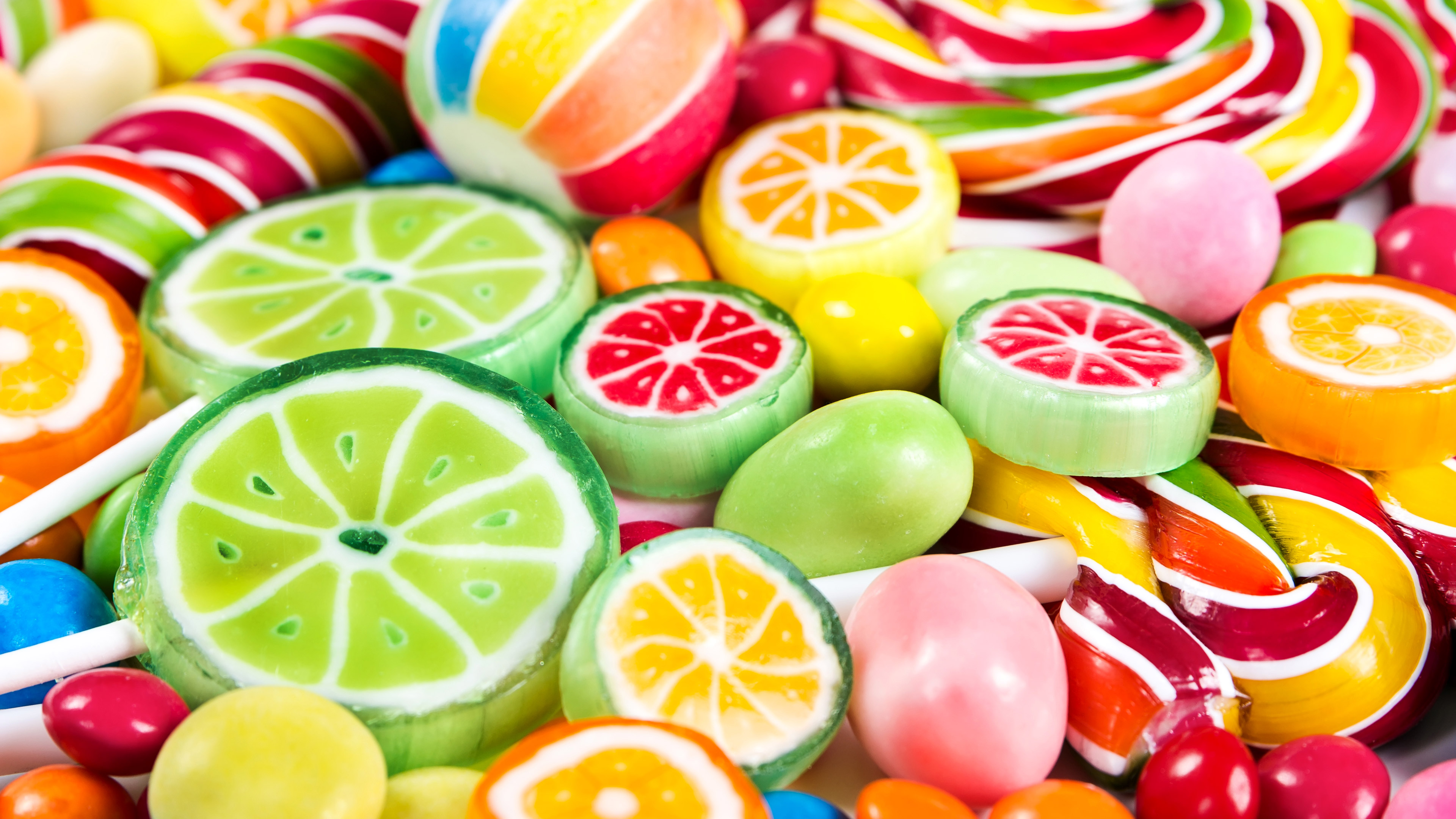Sweet Success: How Candy Fuels Spelling & Learning For Our Sons
The journey of childhood is filled with discovery, growth, and often, a touch of sweetness. For many parents, guiding their children through the fundamental stages of learning, such as mastering spelling, can be both rewarding and challenging. While traditional methods are invaluable, an unexpected ally has emerged in the form of delightful confections: candy. The intriguing connection between candy spelling son and effective learning strategies might seem unconventional, but it holds surprising potential for engaging young minds and making education a truly enjoyable experience.
This article delves into how the allure of candy can be harnessed to enhance spelling proficiency and overall cognitive development in children. We'll explore the psychological underpinnings of reward-based learning, creative ways to integrate sweets into educational activities, and the broader implications of responsible treat consumption. Furthermore, we'll take a fascinating look at the vast and vibrant world of candy itself, from its diverse forms to the sophisticated logistics of getting it from the warehouse to your home, demonstrating that even a simple treat can be a gateway to a world of knowledge and wonder.
Table of Contents
- The Sweet Connection: Candy and Cognitive Development
- Spelling It Out: Creative Approaches to Learning
- Beyond the ABCs: Life Lessons Through Candy
- The World of Candy: A Journey from Warehouse to Home
- Navigating the Sweet Spot: Responsible Consumption and Education
- The Future of Learning: Blending Fun with Fundamentals
- Conclusion
The Sweet Connection: Candy and Cognitive Development
The idea of using candy as a tool for learning, particularly for something as fundamental as spelling, might raise an eyebrow or two. However, when approached thoughtfully and in moderation, the strategic integration of treats can tap into powerful psychological principles that govern how children learn and retain information. The very act of engaging with a sweet reward can transform a mundane task into an exciting challenge, fostering a positive association with education that extends far beyond the immediate moment.
- Daisys Destruction An Indepth Look At The Controversial Case
- American Airlines Affected By Outage What Happened And How It Impacted Passengers
- Unraveling The Mystery What Happened To Dr David Jeremiah
- Isha Tyler Partner
- Camilla Araujo Onlyfans Videos
Fueling Focus: Glucose and Brain Power
At a basic physiological level, our brains rely heavily on glucose for energy. While a balanced diet is paramount for sustained cognitive function, a small, controlled amount of sugar can provide a quick boost, potentially enhancing focus and attention for short bursts of intense learning. This isn't an endorsement for sugary binges, but rather an acknowledgment that the brain, like any complex machine, needs fuel. For a child grappling with a challenging spelling list, a carefully timed, small piece of candy could, in theory, offer a momentary edge in concentration. Of course, this must always be balanced with the understanding that excessive sugar consumption has detrimental health effects, and the primary source of energy should always come from nutrient-rich foods. The key is moderation and strategic timing, ensuring that the treat serves as a catalyst for focus, not a substitute for proper nutrition.
More Than a Treat: The Role of Rewards in Learning
Beyond mere glucose, the true power of candy in a learning context lies in its role as a reward. Behavioral psychology has long demonstrated the effectiveness of positive reinforcement in shaping behavior and encouraging learning. When a child successfully spells a difficult word, and is then rewarded with a small, desired treat, several positive outcomes occur:
Motivation Boost: The anticipation of the reward makes the learning task more appealing and less like a chore.
Reinforcement: The reward strengthens the neural pathways associated with the correct action (spelling the word correctly), making it more likely to be repeated.
Positive Association: The child begins to associate learning and academic effort with positive feelings and outcomes, fostering a lifelong love of learning.
Sense of Accomplishment: Earning a treat provides tangible proof of their success, boosting self-esteem and confidence.
It's crucial that the reward is proportional to the effort and achievement, and that it's not given for simply participating, but for genuine progress. This method, when implemented thoughtfully, can be a highly effective way to encourage a child to tackle challenging spelling words and build their vocabulary, turning the process into a fun game rather than a daunting task.
Spelling It Out: Creative Approaches to Learning
Integrating candy into spelling lessons goes beyond just using it as a reward. It can also be a tactile and visual aid, making abstract concepts like letters and words more concrete and engaging for young learners. This is where the concept of "candy spelling son" truly comes alive, transforming a simple sweet into a versatile educational tool.
Consider these innovative ways to use candy for spelling practice:
Edible Letter Manipulatives: Small, colorful candies (like M&Ms or Skittles) can represent individual letters. Call out a word, and have your child arrange the candies to spell it out. This hands-on approach engages multiple senses, making the learning process more memorable. For example, if the word is "CAT," they would pick out three candies and arrange them in the correct sequence.
Spelling Bee Rewards: Host mini spelling bees at home. For every correctly spelled word, a child earns a small piece of their favorite candy. This adds an element of friendly competition and immediate gratification, making practice sessions more exciting.
Candy Word Building: Write individual letters on small paper squares and attach them to different types of candy. Have your child select candies to form words, then enjoy the "word" they've created. This is especially fun for building compound words or exploring prefixes and suffixes.
Themed Spelling Lists: Create spelling lists centered around candy types or ingredients. Words like "chocolate," "caramel," "gummy," "marshmallow," or "licorice" can be both delicious and educational. This ties into the real-world application of words and expands their vocabulary related to their interests.
"Sweet" Sentence Construction: Once words are mastered, challenge your child to use them in sentences. For each well-constructed sentence using a target spelling word, they earn a small treat. This reinforces both spelling and grammar skills simultaneously.
These methods make learning dynamic and enjoyable, moving away from rote memorization and towards an interactive, playful approach. The tangible nature of candy makes the abstract concept of spelling more accessible, and the inherent fun reduces resistance to learning.
Beyond the ABCs: Life Lessons Through Candy
The lessons learned through the judicious use of candy extend far beyond just spelling. The very act of incorporating treats into a structured learning environment can teach children valuable life skills and instill important values. It's about more than just getting the right letters in the right order; it's about developing character and understanding the world around them.
Here are some of the broader life lessons that can be imparted:
Patience and Delayed Gratification: Children learn that effort and perseverance lead to rewards. They must work through their spelling words before enjoying the treat, teaching them the value of waiting for a desired outcome.
Moderation and Self-Control: By setting clear boundaries on the amount of candy given, parents can teach children about healthy consumption habits. This lays the groundwork for responsible choices regarding food and treats throughout their lives.
Fairness and Rules: When using candy as a reward, establishing clear rules about how it's earned teaches children about fairness and the importance of following guidelines. Everyone gets a treat if they meet the criteria, fostering a sense of equity.
Appreciation and Gratitude: When treats are earned, children often appreciate them more. This can lead to a deeper understanding of the value of hard work and the joy of receiving something special.
Understanding Diversity: Exploring different types of candy – from various flavors and textures to their origins – can subtly introduce children to concepts of diversity and global cultures. For instance, discussing the unique taste of a "marshmallow fruit twister" or the rich history of chocolate can spark curiosity about the world.
By carefully integrating candy into educational activities, parents are not just teaching spelling; they are nurturing well-rounded individuals who understand the balance between enjoyment and responsibility, effort and reward. This holistic approach ensures that the "candy spelling son" experience contributes to a child's overall development.
The World of Candy: A Journey from Warehouse to Home
To truly appreciate the role of candy in our lives, whether as a treat or a learning aid, it's worth exploring the fascinating industry behind these delightful confections. The world of candy is vast, innovative, and driven by a passion for creating moments of joy. From massive online retailers to artisanal kitchens, the journey of candy to our homes is a testament to modern logistics and timeless craftsmanship.
Vast Selections and Online Convenience
In today's digital age, accessing an incredible array of candies has never been easier. Online platforms have revolutionized how we browse and buy, offering unparalleled choice and convenience. As the data suggests, a "Candy warehouse is the online bulk candy store that has it all, Browse the vast selections of over 6,000 fresh candies ready to ship right to your door!" This highlights the sheer scale and accessibility of the modern candy market. Whether you're looking for a specific nostalgic candy bar, a bulk supply for a party, or a unique chocolate creation, the internet provides a gateway to an almost infinite sweet universe. Websites like candyretailer.com allow you to "Browse our large selection of candy online, Candy by the box, by the pound," making it simple to find exactly what you need, from "Candy bars, chocolate candy, nostalgic candy and more." This vast online selection ensures that whether you need a handful of treats for a spelling lesson or a grand assortment for a celebration, the perfect candy is just a few clicks away, delivered swiftly and efficiently.
Crafting Excellence: From Gourmet to Nostalgic
While online retailers offer breadth, the heart of the candy world often lies in the craftsmanship and unique offerings of specialized confectioners. The industry caters to every palate, from those seeking gourmet delights to others yearning for the simple pleasures of childhood favorites. "The best chocolate and candy in Spokane can be found at See's Candies where you..." This points to the importance of quality and regional favorites. Companies like See's Candies are renowned for their commitment to classic recipes and high standards. Similarly, the data mentions "Makers of gourmet chocolate covered creams, caramels and northwest huckleberries, sugar free and gourmet truffles, Each creation is made by hand in the Spokandy kitchen using the finest." This illustrates the dedication to artisanal quality, often emphasizing local ingredients and handmade processes, ensuring a truly exceptional product.
Beyond gourmet offerings, the market also embraces innovation and everyday accessibility. The data highlights that "No words can capture the fruity twist and fluffy texture of our marshmallow fruit twister, Try it now in our resealable bags — part of our newest lineup of." This showcases the continuous development of new and exciting products, designed to capture the imagination with unique textures and flavors. And for sheer variety and convenience, "With Walmart’s vast candy selection, the possibilities are endless." This demonstrates how major retailers make candy accessible to everyone, offering a wide range of options for daily enjoyment or special occasions. The ability to "Gather your ingredients, mix them up in a big bowl, and you’ll have a colorful, sweet masterpiece that’s perfect for parties," further illustrates the versatility of candy, not just as a ready-to-eat treat, but also as an ingredient for creative culinary projects.
Ultimately, whether you "Buy candies from the official online candy store of See’s" for a special gift, or pick up a bag of "marshmallow fruit twister" from a local store, the candy industry is a vibrant ecosystem dedicated to delivering joy. "We have candies for all occasions with great price and fast delivery, Order your favorite candies today!" This summarizes the industry's commitment to customer satisfaction, ensuring that the perfect sweet treat is always within reach, ready to enhance a celebration, or perhaps, motivate a young learner to master their spelling words.
Navigating the Sweet Spot: Responsible Consumption and Education
While the benefits of using candy as a motivational tool for "candy spelling son" activities are clear, it is paramount to approach this strategy with a strong emphasis on responsibility and moderation. The goal is to create positive learning experiences, not to foster unhealthy eating habits. Parents and educators play a crucial role in navigating this "sweet spot" to ensure that the integration of treats remains beneficial and balanced.
Key considerations for responsible consumption include:
Portion Control: Small, bite-sized candies are ideal. The reward should be symbolic and satisfying, not a large quantity of sugar. A single piece of a small candy can be just as effective as a handful.
Infrequent Use: Candy rewards should not be an everyday occurrence. They are most effective when used for particularly challenging tasks, or as a special motivator for reaching significant milestones. Overuse can diminish their effectiveness and contribute to excessive sugar intake.
Balanced Diet Context: Emphasize that candy is a treat, not a primary food source. Ensure that the child's overall diet is rich in fruits, vegetables, whole grains, and lean proteins. Educational discussions about healthy eating can run concurrently with the use of candy rewards.
Alternative Rewards: While candy is a powerful motivator, it's wise to diversify reward systems. Non-food rewards like extra playtime, a sticker, a new book, or special privileges can also be highly effective and should be incorporated to avoid over-reliance on sweets.
Open Communication: Talk to your child about why they are receiving candy as a reward. Explain that it's a special treat for their hard work and that it's important to enjoy it in moderation. This helps them understand the value of the reward and the concept of healthy choices.
Dental Hygiene: Always encourage brushing teeth after consuming sugary treats. This reinforces good oral hygiene habits and mitigates potential dental issues.
By adhering to these principles, parents can successfully leverage the motivational power of candy without compromising their child's health or developing unhealthy dependencies. It's about teaching discipline and balance alongside spelling proficiency, ensuring a truly holistic approach to development.
The Future of Learning: Blending Fun with Fundamentals
As we look to the future of education, the trend is increasingly moving towards personalized, engaging, and multi-sensory learning experiences. The concept of "candy spelling son" embodies this shift, demonstrating how seemingly simple elements can be transformed into powerful educational tools. The integration of fun, tangible rewards, and creative approaches to fundamental subjects like spelling is not just a passing fad; it represents a deeper understanding of how children learn best.
The enduring appeal of tangible rewards, whether a sticker, a small toy, or a piece of candy, lies in their ability to provide immediate positive feedback. In a world increasingly dominated by digital screens, the tactile experience of earning and holding a physical reward can be incredibly impactful for young learners. It grounds their achievement in a real-world sensation, making the learning process more concrete and memorable.
Furthermore, the creative use of everyday items, like various types of candy, to teach academic skills encourages ingenuity in both parents and children. It fosters a mindset that learning can happen anywhere, with anything, breaking down the traditional barriers of classroom-only education. This adaptability is crucial in preparing children for a dynamic future where problem-solving and creative thinking are paramount.
The lessons learned from this approach extend beyond spelling. They teach children that effort is recognized, that learning can be joyful, and that even the simplest things can hold educational value. As technology continues to evolve, the human element of motivation and engagement will remain vital. Blending the fundamental academic requirements with innovative, enjoyable methods ensures that children not only master the basics but also develop a lifelong enthusiasm for discovery and knowledge. The "candy spelling son" approach, in its essence, champions this blend, proving that sometimes, the sweetest path leads directly to success.
Conclusion
The journey to mastering spelling is a significant milestone in a child's development, and as we've explored, the strategic and responsible integration of candy can transform this learning process into a delightful and highly effective experience. From providing a quick cognitive boost to serving as a powerful motivator through positive reinforcement, the "candy spelling son" approach offers a unique blend of fun and fundamental education. We've seen how the vast world of candy, with its endless varieties and sophisticated distribution networks, provides the perfect backdrop for these engaging learning activities, reminding us that even a simple treat has a rich story and purpose.
Ultimately, the key lies in balance and thoughtful application. By using candy in moderation, alongside a healthy diet and diverse reward systems, parents can foster a love for learning, instill crucial life lessons about self-control and patience, and make the often-challenging task of spelling genuinely enjoyable. This innovative approach not only helps children achieve academic success but also nurtures a positive association with education that can last a lifetime.
What are your thoughts on using creative, unconventional methods to teach children? Have you found unique ways to make learning fun for your own "candy spelling son" or daughter? Share your experiences and insights in the comments below! If you found this article helpful, consider sharing it with other parents and educators who might be looking for fresh ideas to inspire young learners.
- Evgeniya Lvovna
- Billie Elish
- Harris Faulkner Illness
- How Much Does Jimmy Kimmel Make
- Roman And Sharon

Candy And More Candy Stock Photo - Image: 156680

Royalty Free Candy Pictures, Images and Stock Photos - iStock

Colorful Candy, HD Others, 4k Wallpapers, Images, Backgrounds, Photos